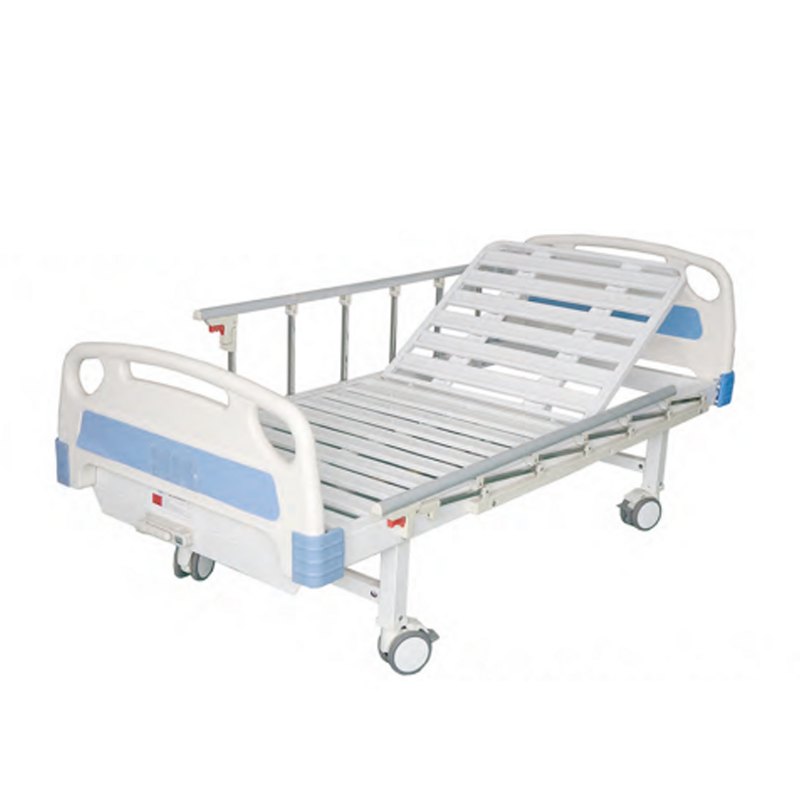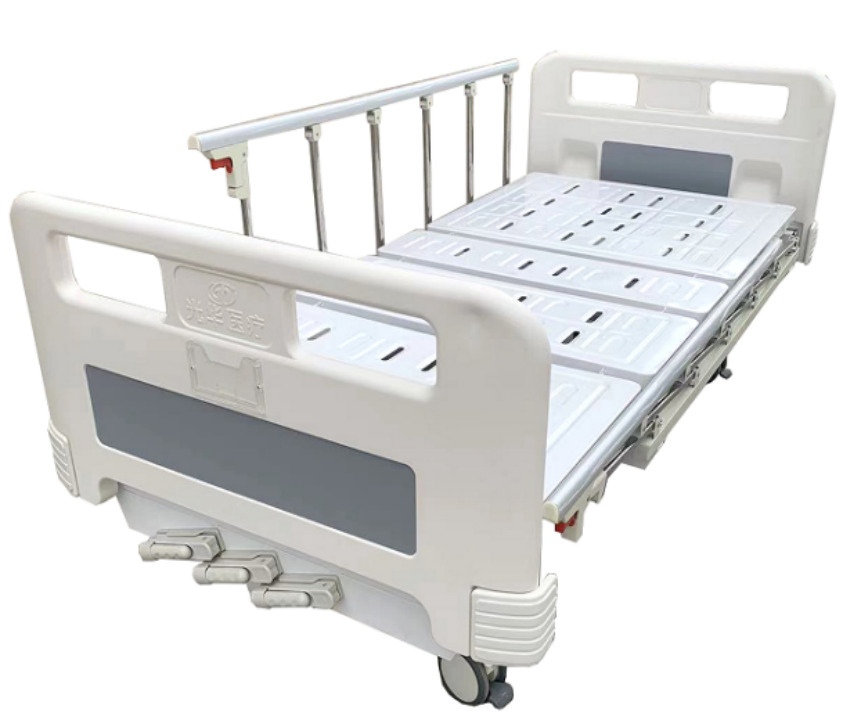The manual hospital bed features a sturdy frame made of powder-coated steel or stainless steel, capable of supporting up to 500 lbs. Height adjustment, ranging from 15 to 30 inches, is achieved via a crank or lever system, facilitating safe patient transfers. Backrests (0–85° incline) and leg sections (up to 45° elevation) are also manually adjustable, providing flexibility for patient comfort and medical procedures.
Patient Lift Mechanism
Patient lifts integrated with the bed are typically hydraulic or mechanical. Hydraulic lifts use fluid pressure for smooth operation, while mechanical ones rely on winches or ratchets. Nylon or polyester slings, available in various designs like full-body and toileting types, securely cradle patients during transfers.
Safety Features
Load sensors prevent overloading, triggering alarms when the lift's capacity is exceeded. Emergency stop buttons offer immediate operation halting in emergencies. Reinforced slings with secure attachment points and locking mechanisms between the lift and bed ensure stability and prevent accidental movement.
Applications in Healthcare
In long-term care facilities, this setup aids elderly patients with daily activities. Rehabilitation centers use it for patients in recovery during transfers. For home healthcare, it provides a practical solution for safe patient handling without excessive caregiver effort.
Maintenance Requirements
Regular inspections are vital to check for wear and tear in the bed frame, lift mechanism, and slings. Lubricating moving parts according to the manufacturer's guidelines ensures smooth operation. Proper maintenance of lift system batteries, if applicable, extends the equipment's lifespan and ensures continued safety and functionality.


